The allure of exploring vibrant coral reefs or mysterious shipwrecks in far-flung destinations is undeniable for any underwater enthusiast. An underwater scooter, or sea scooter, can elevate these experiences, allowing for effortless gliding and extended dive times. But the question often arises: can these sophisticated devices accompany travelers on an airplane? The good news is that, yes, taking an underwater scooter on board an airplane is generally possible. However, this convenience comes with important restrictions and guidelines, primarily centered around the scooter's battery. This comprehensive guide will illuminate the path for safely and legally traveling with a personal dive vehicle (DPV).
The Adventure Advantage: Why Fly with a Sea Scooter?
Traveling with a personal sea scooter offers unparalleled freedom and familiarity. Divers and snorkelers can explore new underwater realms with a device they trust, customized to their preferences, without relying on potentially worn or ill-suited rental equipment. This ensures peak performance and a more enjoyable, extended exploration of underwater environments globally. For avid underwater explorers, having their own dive scooter is a game-changer for aquatic adventures.
Related reading: Is a Underwater Sea Scooter Worth It?
The Big Question: Are Underwater Scooters Cleared for Takeoff?
Indeed, underwater scooters can be transported by air. The main consideration isn't the scooter body itself, which can typically be checked as luggage (subject to airline size and weight limitations), but its power source. Most modern sea scooters utilize lithium-ion batteries, which are classified as "dangerous goods" by aviation authorities due to their potential fire risk if damaged or short-circuited. Consequently, strict regulations govern their transport.
Decoding Air Travel Regulations: Lithium-Ion Batteries are Key
Understanding the rules surrounding lithium-ion batteries is paramount for anyone planning to fly with an underwater scooter. Airlines and international bodies like IATA (International Air Transport Association) have established clear guidelines to ensure safety.
Watt-hour (Wh) Rating – The Decisive Factor
The primary metric determining a battery's air travel eligibility is its Watt-hour (Wh) rating. This indicates the battery's energy capacity.
-
Batteries up to 100 Wh: These can generally be carried in carry-on baggage. Some airlines may permit them in checked baggage if installed in the device, but for sea scooter batteries, which must be removed, carry-on is the standard.
-
Batteries between 100 Wh and 160 Wh: These must be carried in carry-on luggage and are typically limited to two spare batteries per person with prior airline approval.
-
Batteries exceeding 160 Wh: These are generally not allowed on passenger aircraft. This is a critical threshold for sea scooter travel.
Many underwater scooter manufacturers are mindful of these regulations. As an example, Asiwo's Manta series often features batteries around 126Wh. These are specifically designed to comply with lithium battery flight regulations and are typically tested to UN38.3 safety standards, making them a good example of batteries permissible for air travel. Always verify the exact Wh rating printed on the battery or in the product manual. If only voltage (V) and amp-hours (Ah) are listed, calculate Watt-hours using the formula: Wh=V×Ah.

Your Pre-Flight Checklist: A Step-by-Step Guide to Flying with Your Underwater Scooter
Careful preparation is essential for a smooth journey with an underwater scooter. Following these steps will minimize potential issues at the airport:
Confirm Your Battery's Wh Rating
This is the absolute first step. If it exceeds 160 Wh, alternative shipping arrangements will be necessary.
Battery Removal is Mandatory
The lithium-ion battery must be removed from the underwater scooter before flying. The scooter body, without the battery, can then be packed as checked luggage.
Proper Battery Packaging for Carry-On
The removed battery must travel in carry-on baggage. It needs to be protected against short circuits and physical damage.
- Keep it in its original retail packaging if possible.
- Cover the terminals with non-conductive tape (e.g., electrical tape).
- Place each battery in a separate plastic bag or a dedicated protective pouch.
- Ensure it’s well-cushioned within the carry-on bag.
Contact Your Airline in Advance
This step is crucial. Each airline may have slightly different interpretations or additional requirements for flying with a dive scooter and its lithium-ion batteries. Inform them you'll be traveling with an underwater scooter and specify the battery's Wh rating. Obtain written confirmation if possible. This proactive communication can prevent misunderstandings at check-in or security.
Carry Documentation
Have a copy of the scooter’s user manual and the battery’s specifications (especially the Wh rating and UN38.3 certification if applicable). This documentation can be invaluable if questioned by airline staff or security personnel.
Packing the Scooter Body
The scooter itself, once the battery is removed, is generally treated like any other piece of sports equipment. Pack it securely in a sturdy bag or case to prevent damage during transit. Be mindful of airline checked baggage weight and size limits to avoid excess fees.
Navigating Airport Security with Your Sea Scooter
When passing through airport security (TSA in the U.S.), be prepared to remove the lithium-ion batteries from your carry-on bag for separate screening, just like laptops. Clearly informing TSA officers about the batteries and showing your documentation if requested can expedite the process. Familiarity with TSA underwater scooter guidelines (which align with general lithium battery rules) is beneficial.
A Note on Other Dive Gear
While the focus here is on underwater scooters, remember that other scuba gear like regulators, masks, fins, and buoyancy compensators (BCDs) are generally allowed in checked or carry-on baggage. However, compressed gas cylinders (scuba tanks) are typically prohibited unless empty and with the valve removed (confirm specific airline policy). Sharp objects like dive knives must be in checked luggage.
The Reward: Seamless Adventures in New Waters
By understanding and adhering to these airline regulations, particularly concerning lithium battery flight regulations, travelers can confidently pack their underwater scooters and look forward to enhancing their dive experiences across the globe. A little preparation ensures that the journey is as smooth as the underwater glide awaiting at the destination.
Always double-check the latest regulations with your specific airline and the relevant aviation authorities (like the FAA or EASA) before you travel, as rules can be updated. Responsible and informed travel is the best way to ensure your valuable dive scooter arrives safely, ready for action.
FAQs
Q: Can I take my underwater scooter on a plane?
- Yes, generally. The scooter body can usually be checked in, but the lithium-ion battery must be removed and carried in carry-on luggage, provided it's under 160 Wh and meets airline approval.
Q: What's the maximum battery size (Wh) for an underwater scooter on a plane?
- Lithium-ion batteries up to 100 Wh are widely accepted in carry-on. Those between 100 Wh and 160 Wh typically require airline approval and must be in carry-on. Batteries exceeding 160 Wh are generally prohibited.
Q: Do I need to tell the airline I'm bringing an underwater scooter?
- Yes, it's highly recommended. You must inform the airline, especially about the lithium-ion battery you'll be carrying in your cabin baggage, to ensure compliance with their specific policies and avoid issues at the airport.
Featured Articles:
- Underwater Scooter Battery Life and Runtime: What You Need to Know
- Top 5 Reasons to Choose Sea Scooters for Your Underwater Adventures
- Troubleshooting Common Underwater Scooter Problems
- Advanced features in best underwater sea scooters for travel
- Maximize Your Dive: Must-Have Underwater Scooter Accessories
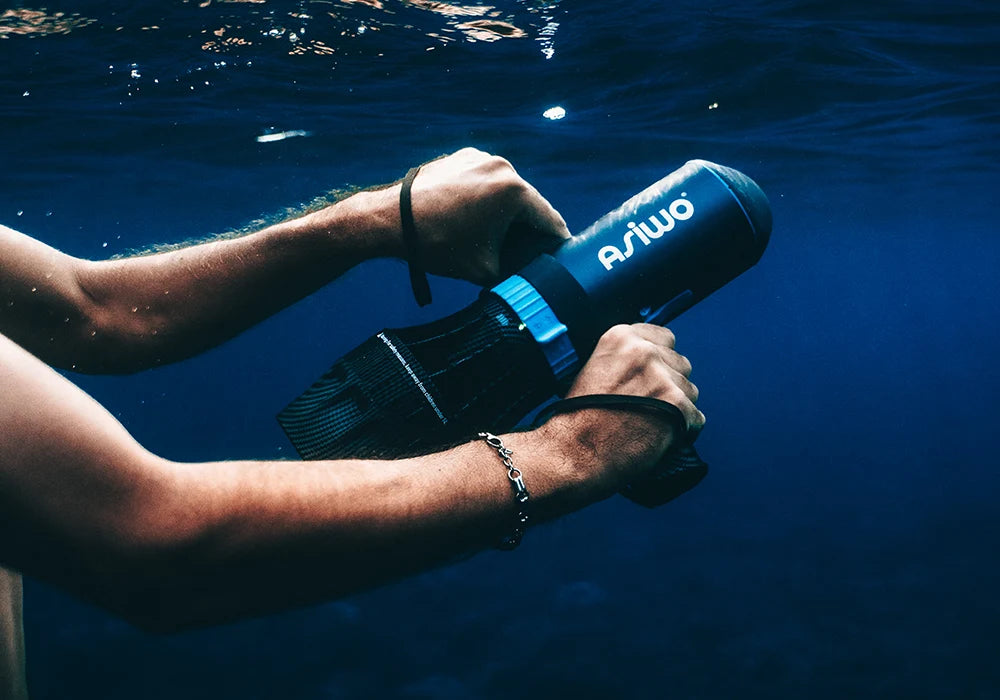




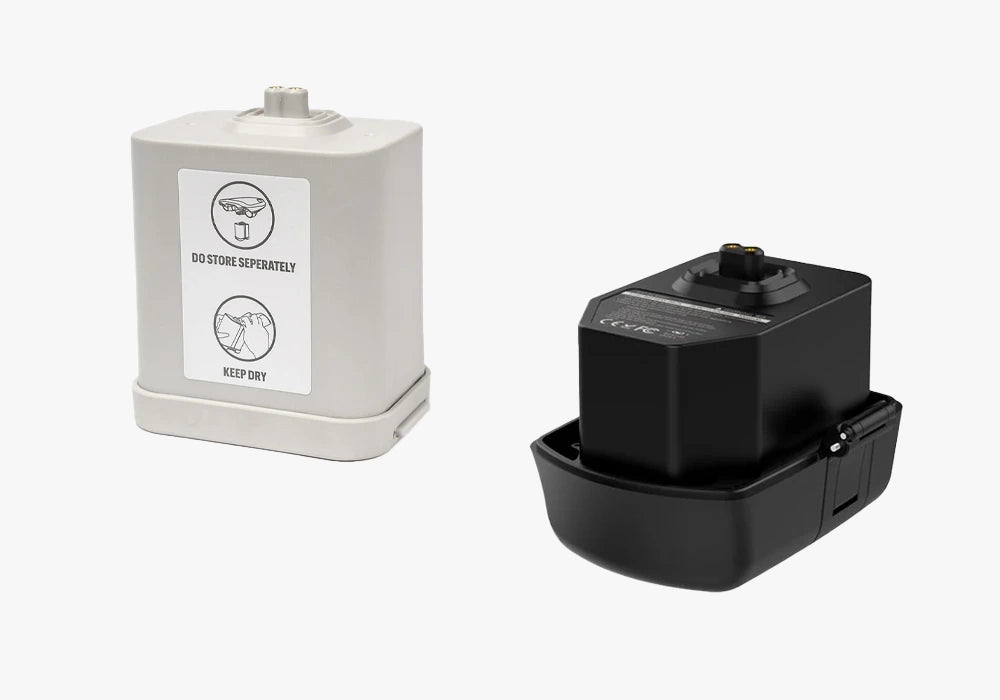




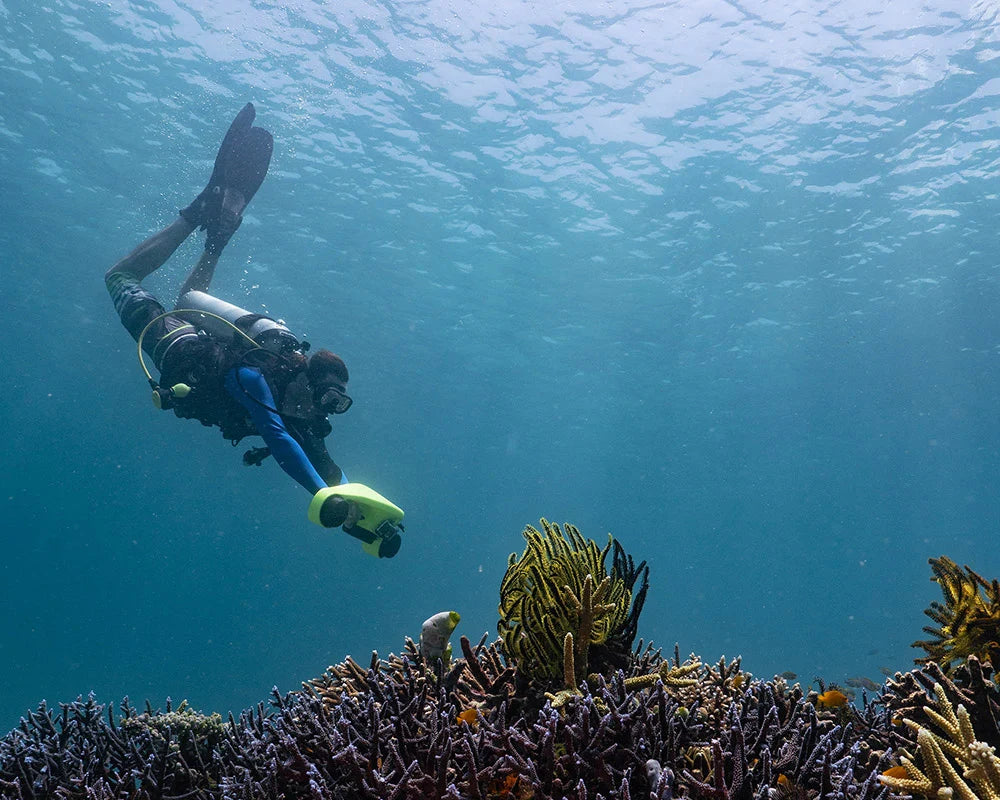
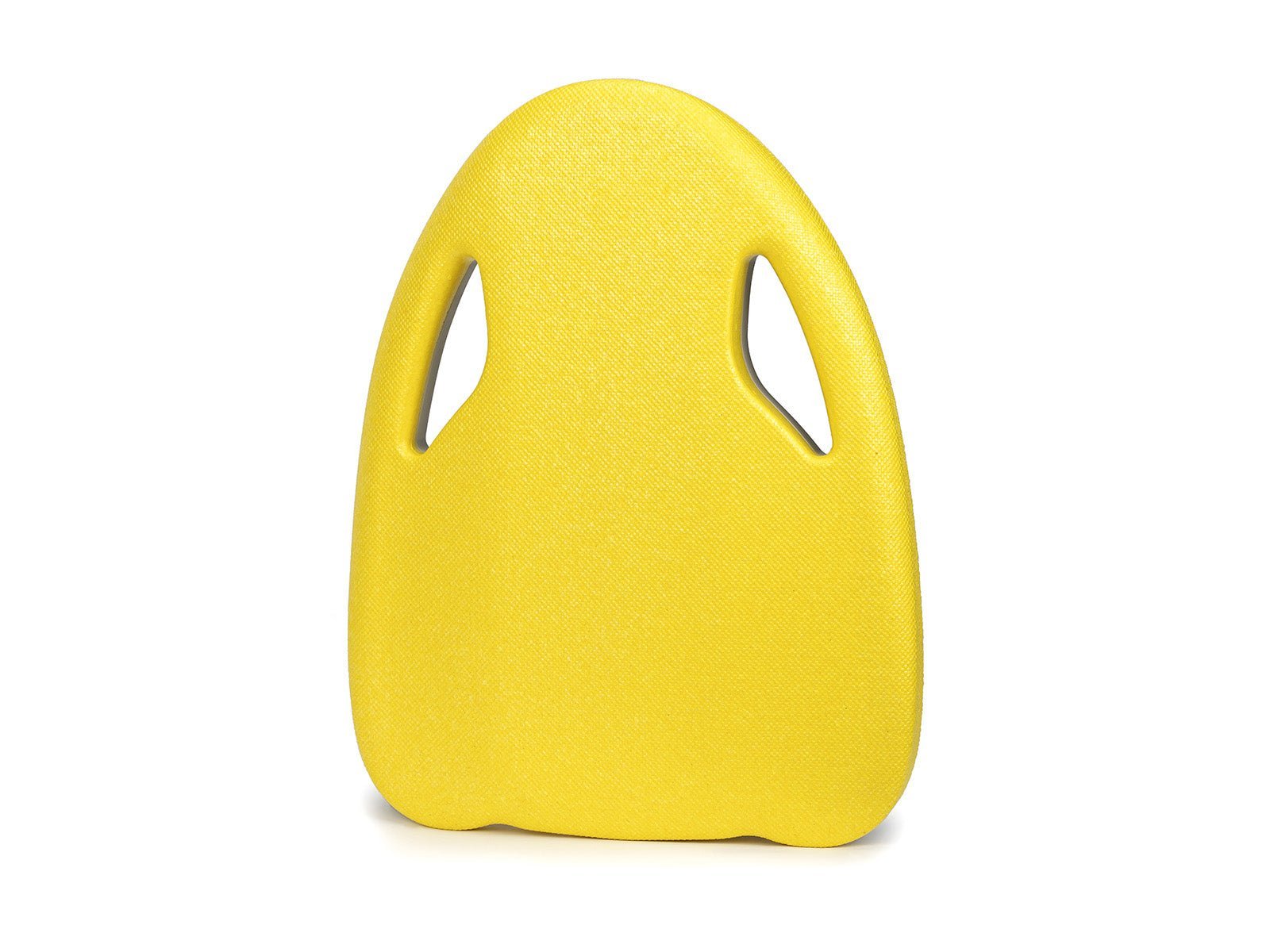
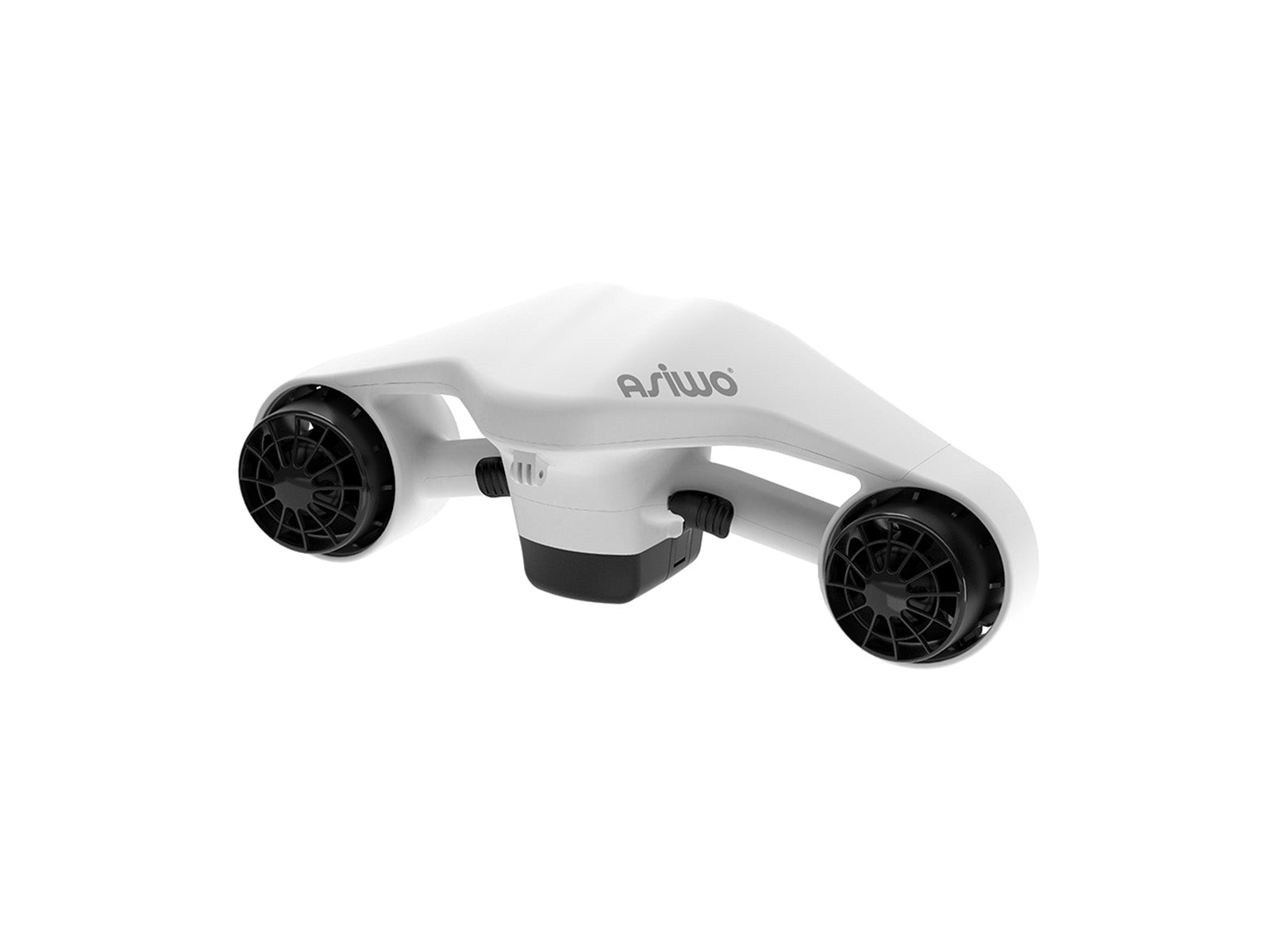
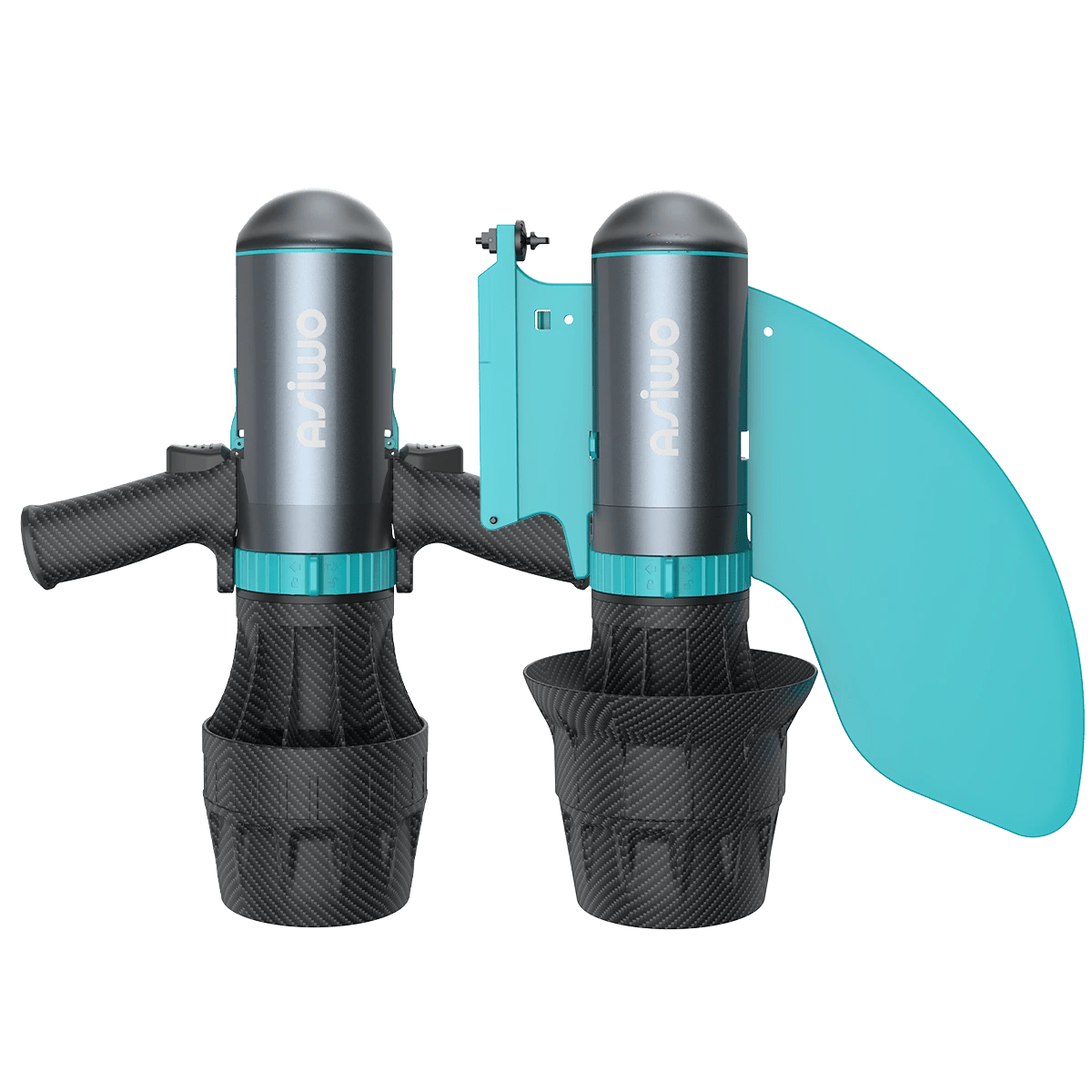




Hinterlassen Sie einen Kommentar